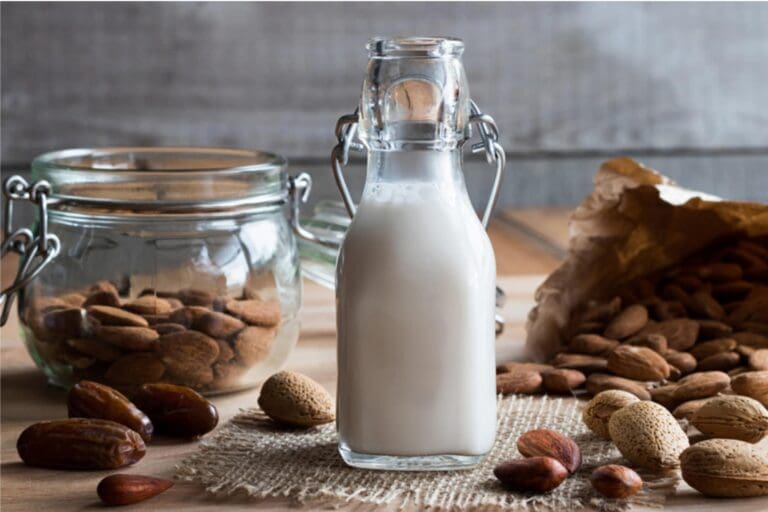
As a personal trainer in San Mateo, I understand that many of my clients lead busy lives and struggle to find time to prepare nutritious meals. As a result, they often turn to convenience foods and fast food, which can be high in calories and low in nutrients. This can lead to weight gain, fatigue, and a lack of energy. In this blog post, I will provide evidence-based tips and strategies for eating for energy, even when you’re short on time.
The first step in eating for energy is to understand the importance of nutrient density. Nutrient density refers to the ratio of nutrients to calories in a food. Foods that are high in nutrient density, such as fruits, vegetables, whole grains, and lean proteins, provide a lot of nutrients for relatively few calories. These foods help to keep you full and energized, while also providing essential vitamins and minerals.
On the other hand, foods that are low in nutrient density, such as processed foods, sugary drinks, and fast food, provide a lot of calories but relatively few nutrients. These foods can lead to weight gain and a lack of energy.
One way to increase nutrient density in your diet is to aim for at least five servings of fruits and vegetables per day. A serving is about the size of a tennis ball. This may seem like a lot, but you can easily reach this goal by adding a piece of fruit to your breakfast, packing a salad for lunch, and having a serving of vegetables with dinner. You can also add vegetables to your smoothies, sandwiches and even make soups.
Another way to increase nutrient density is to choose whole grains over refined grains. Whole grains, such as quinoa, brown rice, and whole wheat bread, are rich in fiber, vitamins, and minerals. Refined grains, such as white bread and white rice, have been processed to remove the bran and germ, which removes many of the nutrients.
Protein is also an important nutrient for energy. Adequate protein intake helps to keep you full and satisfied, which can help to prevent overeating. Good sources of protein include lean meats, fish, eggs, beans, and soy products.
Additionally, it is important to stay hydrated by drinking enough water. According to a study by the American Journal of Clinical Nutrition, even mild dehydration can lead to fatigue and a lack of energy. (1)
In addition to these tips, it’s also important to be mindful of your eating habits and to practice moderation. Studies show that people who eat regular, balanced meals tend to have more stable energy levels than those who skip meals or eat large, irregular meals. (2)
Here are a few examples of meals and recipes that are high in nutrient density and can help to provide sustained energy throughout the day:
-
- Quinoa and black bean bowl: Cook 1 cup of quinoa according to package instructions. In a separate pan, sauté 1 diced bell pepper, 1 diced onion, and 1 diced zucchini in 1 tablespoon of olive oil. Add 1 can of black beans (rinsed and drained) and 1 teaspoon of cumin. Mix in the cooked quinoa and top with avocado slices and salsa.
-
- Salmon and sweet potato: Bake a sweet potato at 375 degrees F for 45 minutes. While the sweet potato is baking, season 4 ounces of salmon with 1 teaspoon of olive oil, 1 teaspoon of lemon juice, and 1 teaspoon of dried thyme. Bake the salmon at 375 degrees F for 12-15 minutes. Serve the salmon over the sweet potato and add a side of steamed broccoli.
-
- Turkey and veggie wrap: Spread 2 tablespoons of hummus on a whole wheat tortilla. Add 4 ounces of turkey breast, 1/4 cup of diced cucumber, 1/4 cup of diced tomato, and 1/4 cup of shredded lettuce. Roll up the tortilla and cut in half. Serve with a side of fruit.
-
- Chicken and veggie stir-fry: Cook 4 ounces of chicken breast in 1 tablespoon of olive oil. Add 1 diced bell pepper, 1 diced onion, and 1 cup of sliced mushrooms. Stir in 1/4 cup of soy sauce and 1 teaspoon of sesame oil. Serve over 1 cup of cooked brown rice.
-
- Lentil and vegetable soup: In a pot, sauté 1 diced onion, 2 cloves of minced garlic, 1 diced carrot, and 1 diced celery in 1 tablespoon of olive oil. Add 1 cup of green lentils, 4 cups of chicken or vegetable broth, 1 teaspoon of dried thyme, and 1/4 teaspoon of black pepper. Bring to a boil and then reduce heat to low. Simmer for 30 minutes or until the lentils are tender.
These are just a few examples of meals that are high in nutrient density and can help to provide sustained energy throughout the day. Remember that there are many other options and you can get creative with your meals. The key is to focus on nutrient-dense ingredients and to practice moderation.
In conclusion, eating for energy is all about choosing nutrient-dense foods and practicing moderation. By following these tips, you can enjoy sustained energy throughout the day, even when you’re short on time.
Holly Roser Fitness is here to help you achieve your health and fitness goals. If you’re interested in learning more about eating for energy or would like to work with a personal trainer in San Mateo, please contact us for more information.
References:
American Journal of Clinical Nutrition, 2003; 78: 709–7
Journal of the American Dietetic Association, 2002; 102: 1671–6





![Is Teflon Safe? The Truth About Nonstick Cookware [2021]](https://www.hollyroser.com/wp-content/uploads/2021/03/is-teflon-safe-the-truth-about-nonstick-cookware-2021-tips-from-holly-roser-fitness-768x510.jpg)
